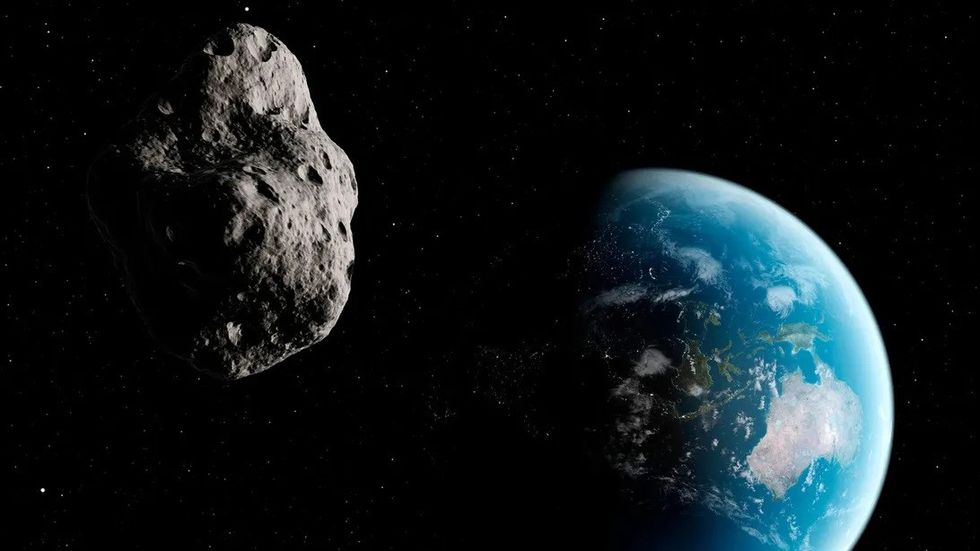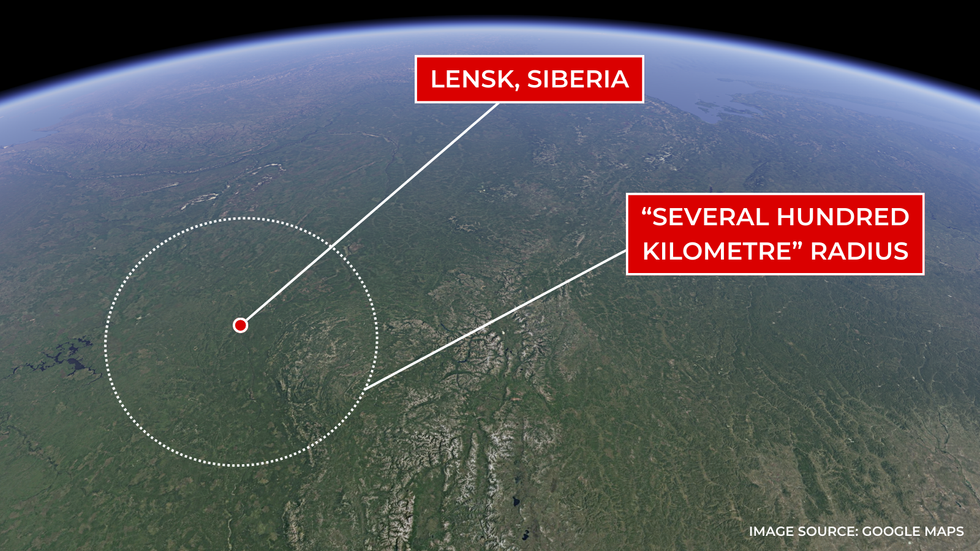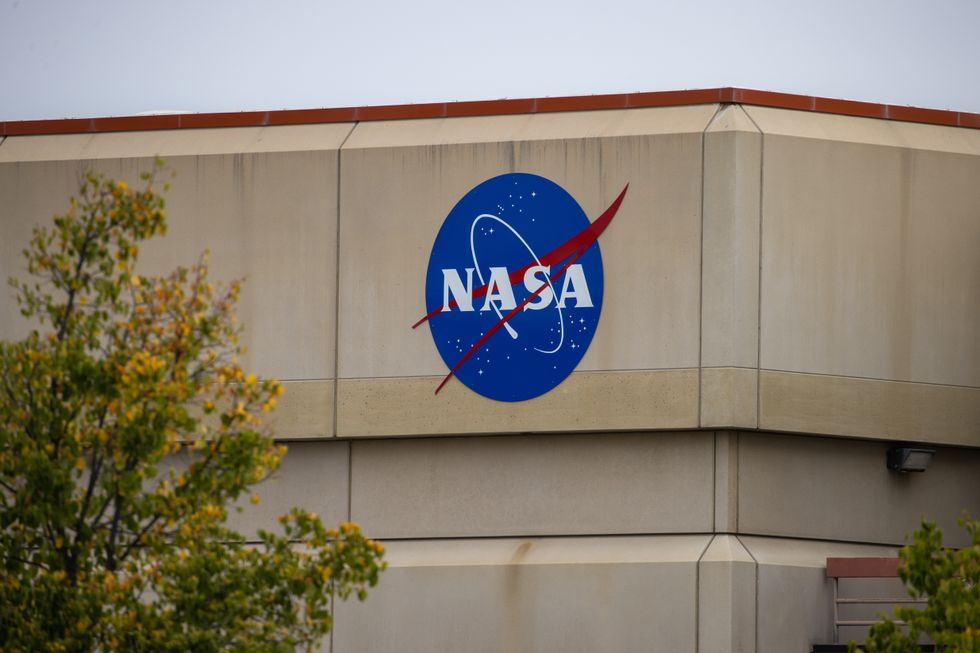Asteroid due to hit Earth’s atmosphere in just hours – but Nasa says space rock ‘poses no threat to humans’
A newly-discovered asteroid is set to enter Earth’s atmosphere in just hours, Nasa has said.
The space rock, named COWECP5, was spotted by the space agency’s detection systems and will arrive over eastern Russia later today.
But astronomers have assured the public it poses no threat – and have confirmed the small asteroid, measuring just 27ins in diameter, will safely burn up in Earth’s atmosphere.
The event marks only the 12th time astronomers have successfully identified an asteroid before it struck Earth, and is the fourth such incident this year.

The asteroid is expected to enter Earth’s atmosphere this afternoon, approximately 124 miles east of Lensk in Siberia.
Richard Moissl, the head of planetary defence office at the European Space Agency, said that those within several hundred kilometres of the entry point will be treated to a remarkable sight.
While Alan Fitzsimmons from Queen’s University Belfast said: “It will be dark over the impact site and for several hundreds of kilometres around there’ll be a very impressive, very bright fireball in the sky.”
But Prof Fitzsimmons has reassured the public about the asteroid’s safety – he told New Scientist: “It’s a small one, but it will still be quite spectacular.”
LATEST SPACE NEWS:
- ‘Second moon’ orbiting Earth to disappear in just hours
- James Webb Telescope uncovers mysterious ‘Red Monster’ galaxies in early universe
- Space travel breakthrough: Lasers could be key to unlocking ‘clean’ way to get to Mars

“It’s a win for science, and [for] anybody who happens to be in Siberia this evening,” Fitzsimmons added, noting it would provide a welcome distraction from “the no doubt quite chilly temperatures.”
Scientists have confirmed there is no need for evacuations, as the asteroid will completely burn up during entry.
The asteroid was initially spotted by Nasa’s Asteroid Terrestrial-impact Last Alert System (Atlas), designed to provide up to a week’s warning of approaching space rocks.
Though in this case, Atlas detected COWECP5 just seven hours before its predicted impact.
The Nasa-funded Kitt Peak National Observatory also confirmed the asteroid’s trajectory over eastern Russia early on Tuesday.

The Atlas system employs four telescopes positioned across the globe to track potential threats.
While Kitt Peak’s Aegis system, used to calculate the asteroid’s path, is primarily a military system that identifies air and surface threats through radar technology.
According to a 2017 study, only asteroids measuring at least 60 feet in diameter pose potentially lethal threats to Earth.
The space rocks that come within 120 million miles of the Sun are classified as Near-Earth Objects (NEOs), influenced by the gravitational pull of nearby planets.

